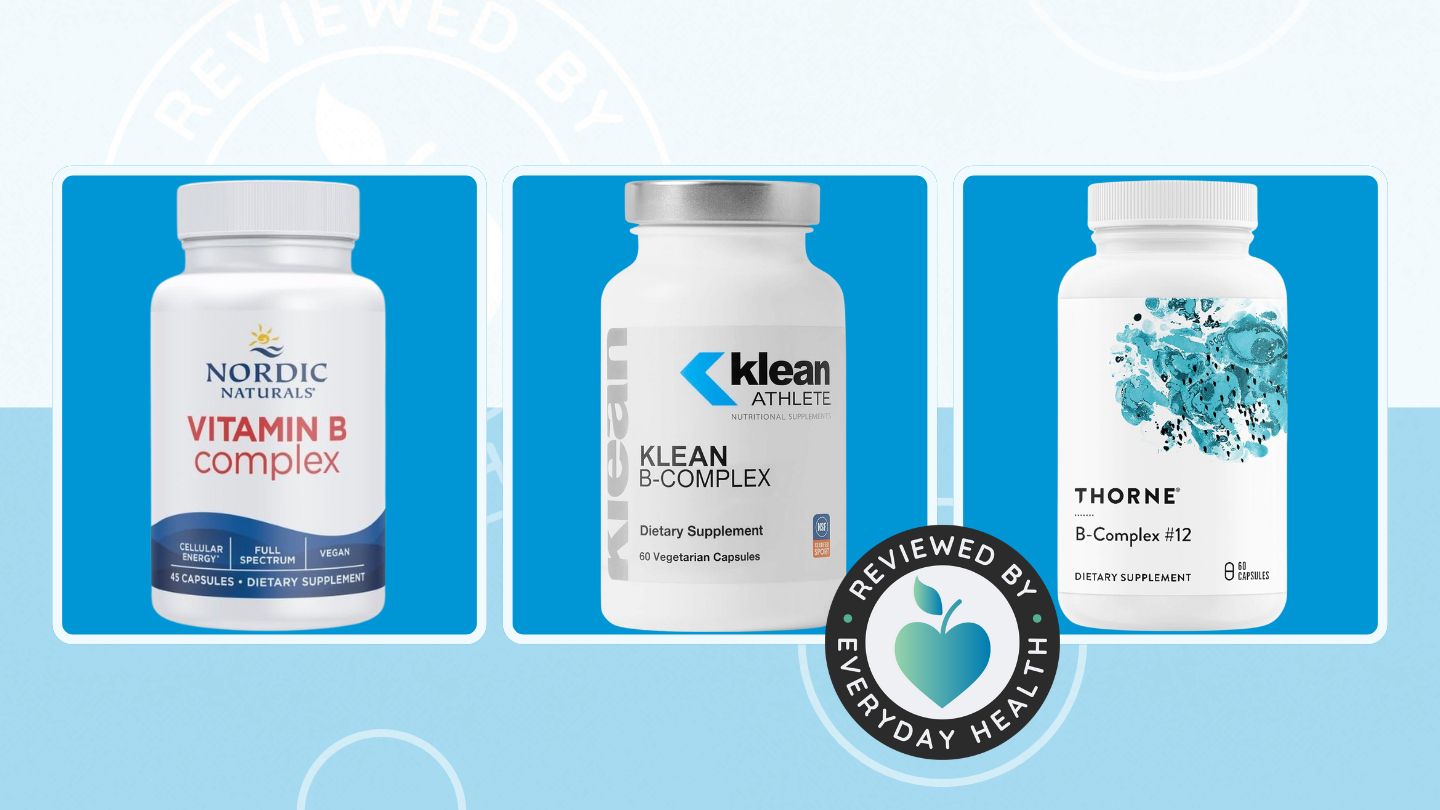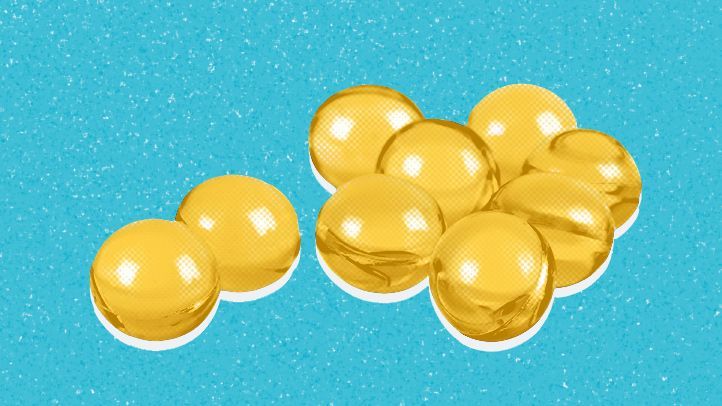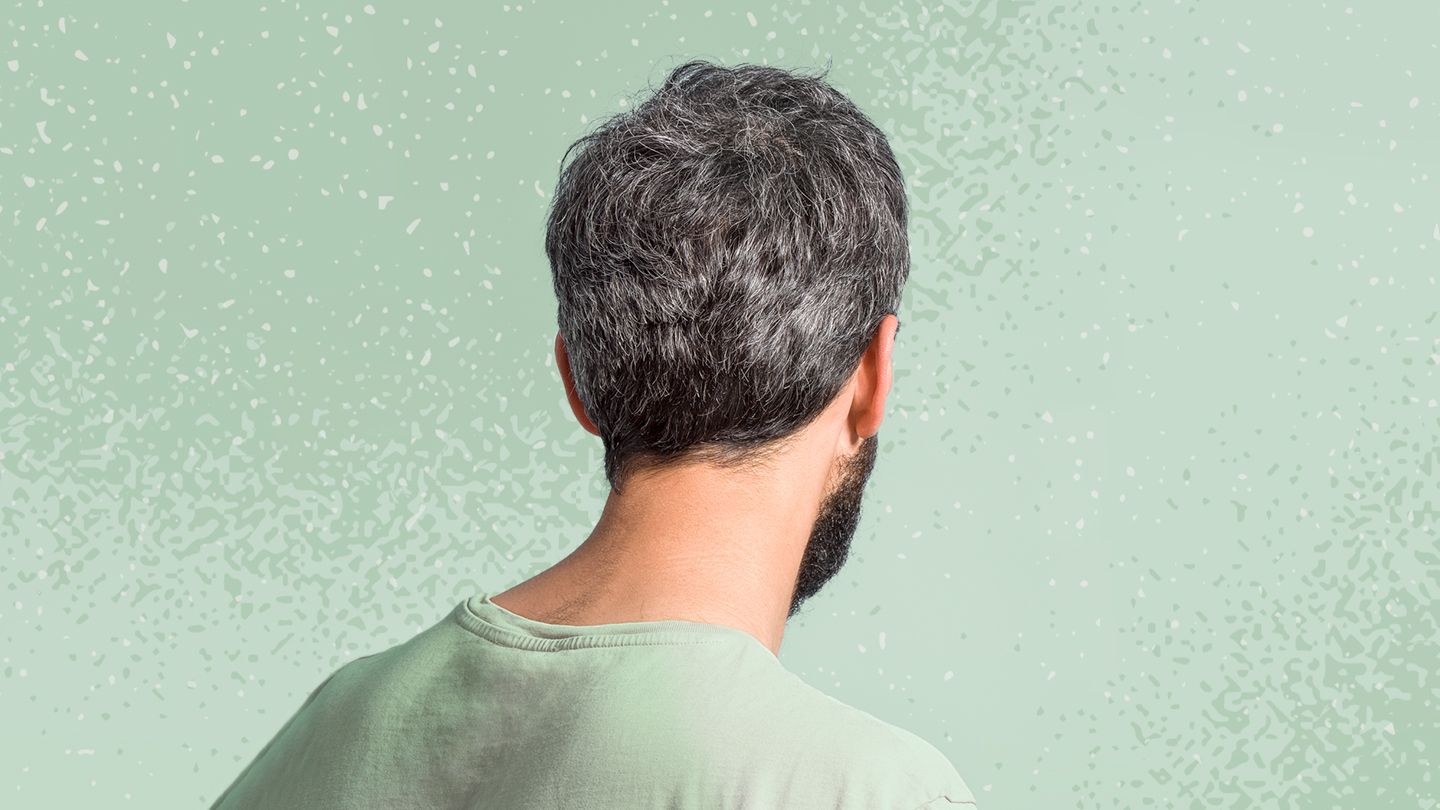Understanding Pantothenic Acid (Vitamin B5)
Pantothenic acid, also known as vitamin B5, is an important nutrient for maintaining healthy hair pigmentation. This water-soluble B complex vitamin gets its name from the Greek word "pantos," meaning everywhere, because it is found in nearly all foods.
What Does Pantothenic Acid Do?
Pantothenic acid plays a key role in the synthesis of coenzyme A (CoA). CoA assists in the production of energy from fats, carbohydrates, and proteins. It also helps synthesize essential compounds such as phospholipids, cholesterol, steroid hormones, neurotransmitters and fatty acids.
In relation to hair health, pantothenic acid contributes to melanin synthesis - the pigment that gives hair its color. It also protects against damage and premature graying, promotes thickness and shine, and alleviates an itchy, irritated scalp.
Pantothenic Acid Food Sources
Many foods contain pantothenic acid, although cooking and processing deplete some of it. Good dietary sources include:
- Meat - especially liver and kidney
- Fish
- Dairy products - milk, cheese, yogurt
- Eggs
- Avocados
- Broccoli
- Sweet potatoes
- Mushrooms
- Sunflower seeds
- Whole grains
Pantothenic Acid Deficiency
Deficiency in pantothenic acid is rare but can cause hair thinning and loss. Symptoms include headache, fatigue, irritability, numbness, muscle cramps and gastrointestinal issues. Deficiency may result from:
- Eating a highly processed diet
- Alcoholism
- Anorexia
- Antibiotic use
- Diabetes
- Dialysis
- Intestinal disorders
- Pregnancy
Daily Pantothenic Acid Requirements
The adequate intake (AI) level of pantothenic acid is:
- Infants 0-6 months - 1.7 mg
- Infants 7-12 months - 1.8 mg
- Children 1-3 years - 2 mg
- Children 4-8 years - 3 mg
- Children 9-13 years - 4 mg
- Adolescents 14-18 years - 5 mg
- Adults - 5 mg
- Pregnant women - 6 mg
- Breastfeeding women - 7 mg
Using PABA for Gray Hair
Para-aminobenzoic acid (PABA) is an organic compound often used topically or orally to restore hair color and treat graying or whitening hair.
What is PABA?
PABA is a nonprotein amino acid and B vitamin commonly found in liver, kidney, yogurt and whole grains. As an antioxidant and cofactor for enzyme reactions, PABA helps nourish hair follicles and preserves youthful hair color.
UV rays from the sun degrade PABA levels. Supplementing with a PABA cream or tablets can compensate for this loss. It also counteracts harmful pollutants and toxins.
How PABA Fights Gray Hair
Melanin provides pigment to hair strands. PABA intercepts destructive oxidizing agents before they degrade melanin and block color. It also supports melanocyte cells that produce melanin.
Rich blood flow to the scalp ensures hair follicles get ample nutrients. As a vasodilator that expands blood vessels, PABA maximizes nutrient delivery for optimal growth.
Vitamins, minerals and oxygen carried in the blood also aid melanin and keratin formation - the key structural protein in hair and nails. By improving circulation, PABA prevents follicles from losing color and vitality.
Using PABA Supplements and Creams
PABA supplements come as tablets and capsules for oral use. The daily recommended dose is generally 50-100 mg, but up to 400 mg may be prescribed. To boost absorption, take PABA supplements with food.
Topical PABA creams can be massaged directly into the scalp. This provides concentrated nourishing and pigment-restoring effects right where it counts. When using a new topical treatment, it's best to do a skin patch test first to check for any allergic reaction.
For optimum results, patients can use an integrated approach with both an oral PABA supplement and topical PABA cream.
PABA Side Effects and Considerations
PABA is considered safe and non-toxic at recommended doses. However, high doses may cause nausea, vomiting, rash and fever. Very high doses could affect liver function.
Cases of allergic reaction have been reported. Discontinue use if any severe symptoms develop. Those already allergic to sulfa drugs could be more prone to PABA sensitivity.
PABA could alter the effectiveness of certain medications like anticonvulsants, barbiturates, azothioprine, sulfonylureas and methotrexate. Check with your health provider about contraindications with any medicines you take.
Other B Vitamins for Battling Gray Hair
While PABA and pantothenic acid play important roles, hair pigmentation relies on the synergy of all B complex vitamins. Let's explore how they work together to keep strands vibrant.
Biotin
Also called vitamin B7, biotin promotes healthy hair growth and thickness. Many enzyme processes that produce hair proteins and fatty acids depend on biotin.
Biotin deficiency can arise after long-term antibiotic use, pregnancy, alcoholism, intestinal issues and eating raw egg whites. Symptoms like thinning, brittle hair and partial graying may gradually appear.
The recommended daily intake for biotin is 30 mcg. Foods rich in biotin include organ meats, egg yolk, nuts, seeds, mushrooms, bananas, raspberries and yeast.
Vitamin B6
Vitamin B6 (pyridoxine) helps the body absorb zinc and iron - minerals important for natural hair color. It also enables production of melanin within hair follicles.
Low vitamin B6 status dulls hair color, causes dryness and shedding. The daily requirement for B6 is 1.3-1.7 mg for adults. Vitamin B6 is plentiful in tuna, chicken, potato, banana, pistachios and fortified cereal.
Vitamin B12
As an essential component of red blood cells, vitamin B12 nurtures hair follicles through enhanced circulation while transporting nutrients for melanin synthesis.
Strict vegetarians often lack vitamin B12, resulting in premature graying. Clams, liver, trout, salmon, tuna, beef and dairy provide B12. The adult RDA for B12 is 2.4 mcg.
Folic Acid
Folic acid (vitamin B9) is crucial for renewing hair cells and producing DNA and RNA. Rapidly dividing cells like hair need folic acid to replicate properly.
Insufficient dietary folate can trigger graying. Folic acid deficiency frequently accompanies vitamin B12 deficiency. Great folic acid sources include spinach, broccoli, lentils, black-eyed peas and enriched breads and cereals. The RDA for adults is 400 mcg of folic acid daily.
Inositol
Occasionally called vitamin B8, inositol promotes hair growth and may prevent some graying. Many cell processes rely on inositol, like regulating cell membranes and transmitting signals.
Whole grains, nuts, cantaloupe and citrus fruits contain inositol. While no RDA exists, the suggested daily inositol intake is 1 gram.
The Takeaway
Adequate pantothenic acid, PABA and other B vitamins offer a nutritional strategy against graying hair. They nourish follicles, stimulate pigment production and safeguard hair color.
While oral supplements help maintain healthy hair overall, topical PABA creams act directly on strands. For best results, employ both together. With a little diligent care, your hair can retain its youthful glory for years to come.
Disclaimer: This article is for informational purposes only and does not constitute medical advice. Always consult with a healthcare professional before starting any new treatment regimen.
Related Coverage
Osteoarthritis causes joint pain and stiffness. Here are 13 natural and homeopathic remedies like glucosamine, herbs, oils and diet and exercise changes for osteoarthritis relief....
Castor oil's lubricating action can effectively push parasites out of the intestines. Learn how to safely do a castor oil parasite cleanse to detox your gut....
Explore real-life stories of individuals affected by vitamin D deficiency, and learn about its causes, symptoms, risk factors, and how to prevent and manage this condition....
What does baking soda do for gray hair? Learn whether using baking soda on grays is effective and safe. Explore the risks, results, and alternatives....
Does trazodone cause tardive dyskinesia? Learn about the rare risk, symptoms, diagnosis, and ways to manage abnormal mouth and face movements that arise from medication....
Discover what causes premature graying and how vitamins, diet, and other holistic methods can help restore your hair's natural pigment and delay the graying process....
Spot vitamin deficiency symptoms fast: key signs, when to seek a doctor, simple tests, and effective diet and supplement solutions....
Look and feel your best with a full makeup and manicure makeover. Learn techniques for flawless makeup application and find a reputable nail salon for professional results....
Vitamin D3 is the preferred form of vitamin D supplementation. Learn about the health benefits, optimal dosage, factors that affect needs, and how to pick the best D3 supplement....
Learn how getting enough vitamins like B12, D, iron, and antioxidants in your diet can help delay premature graying and maintain your natural hair color....









